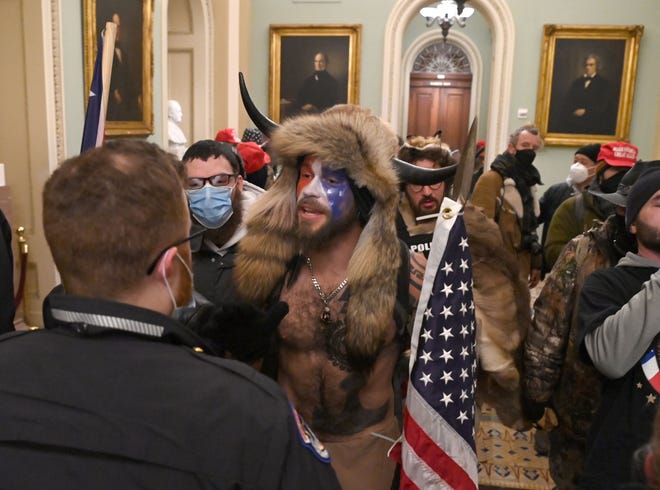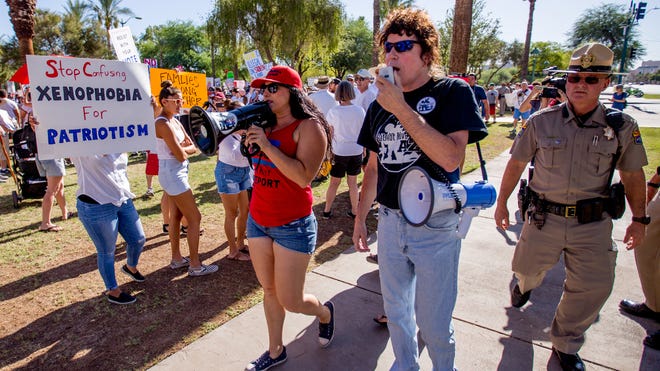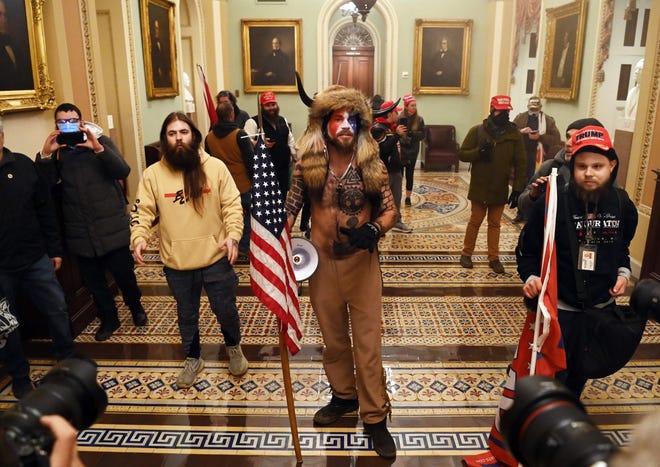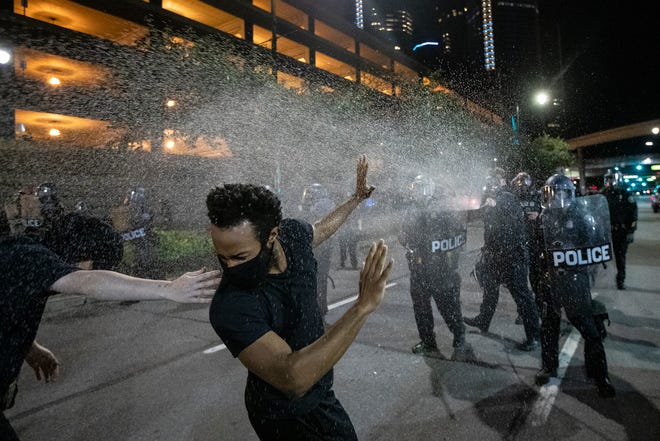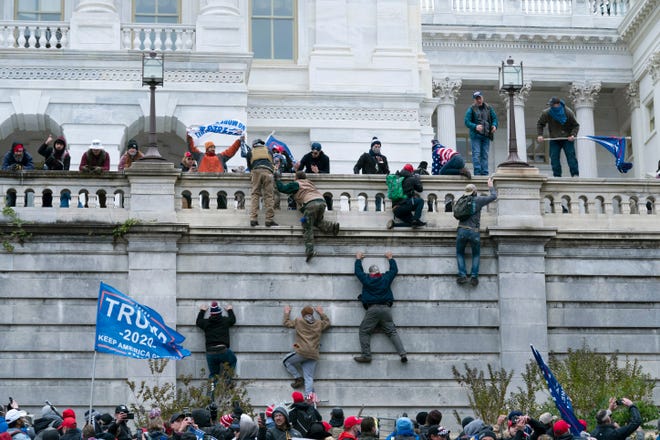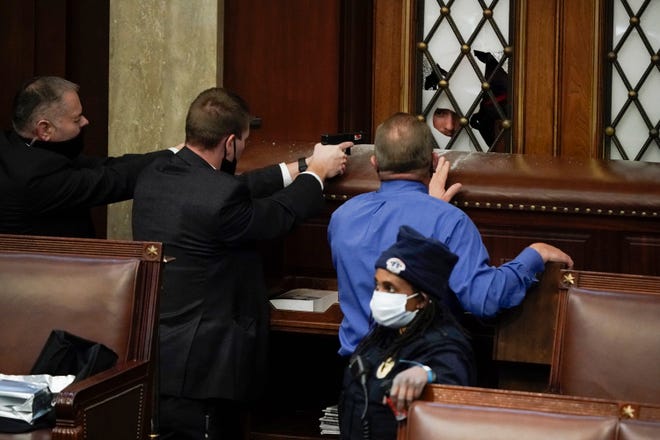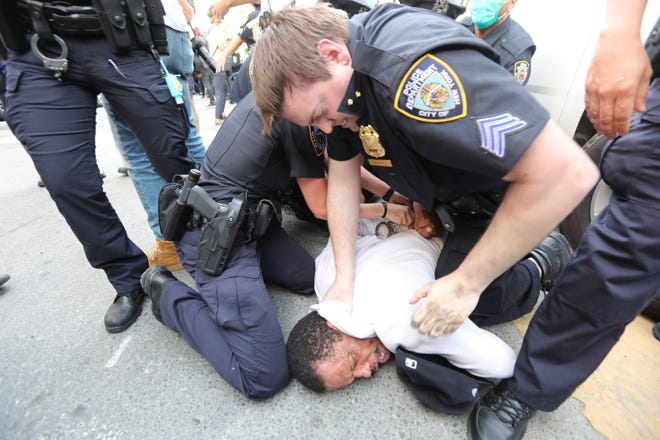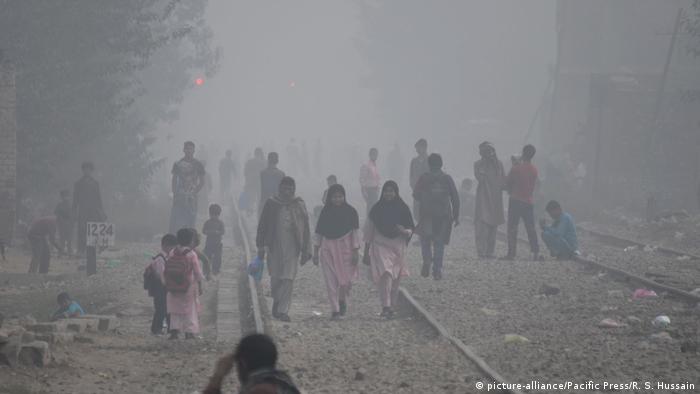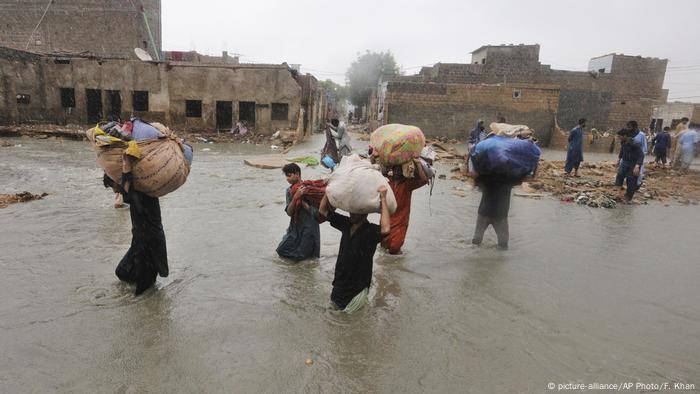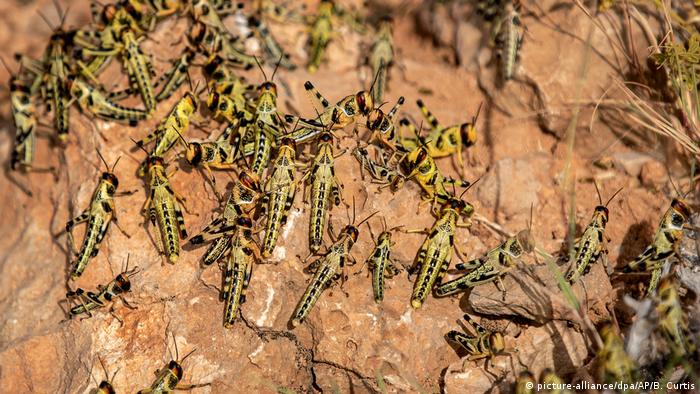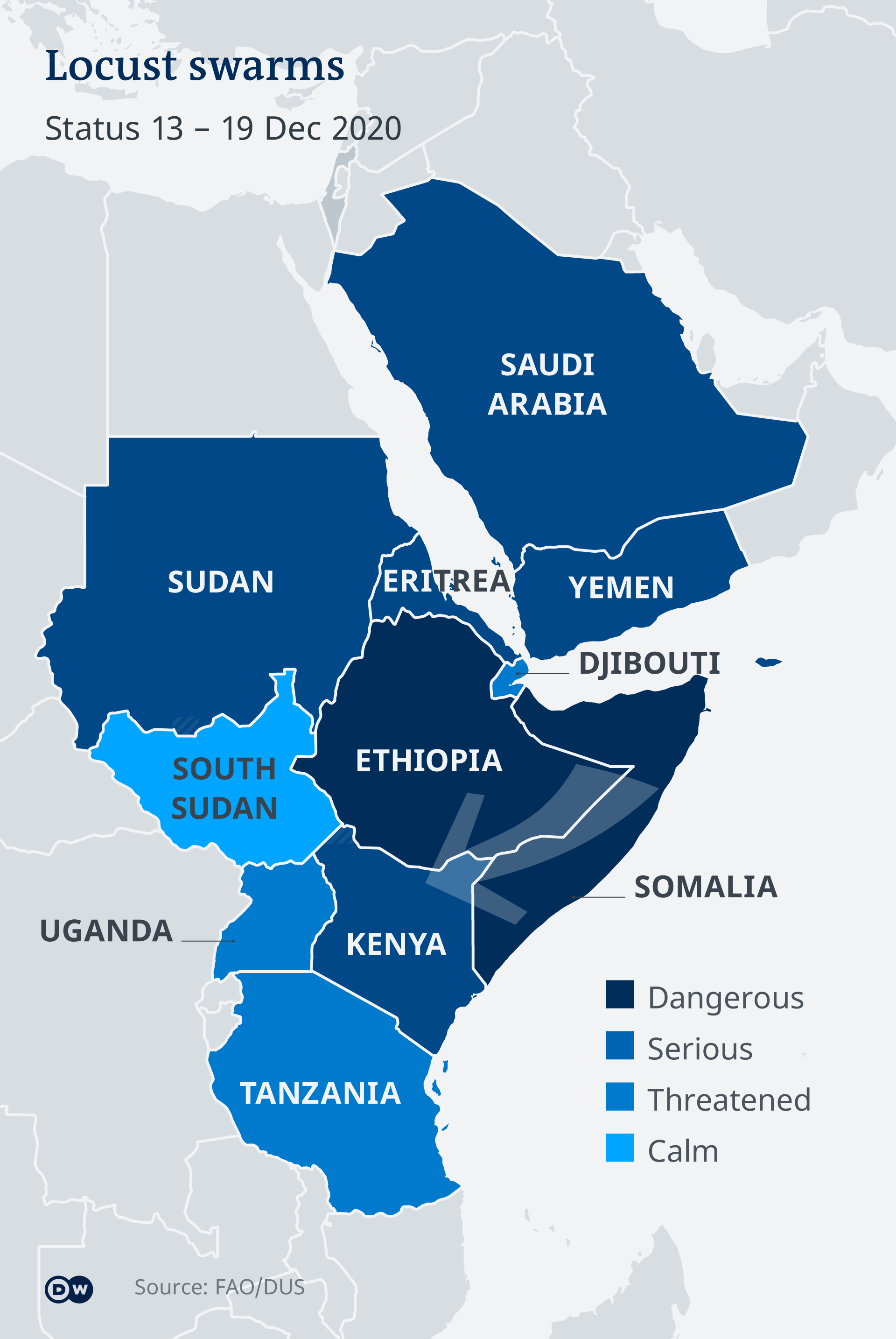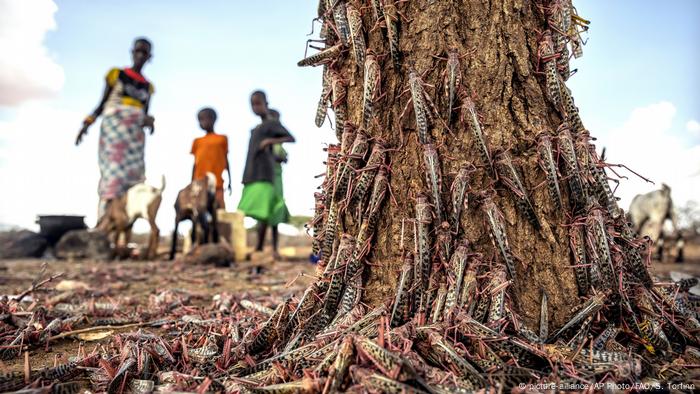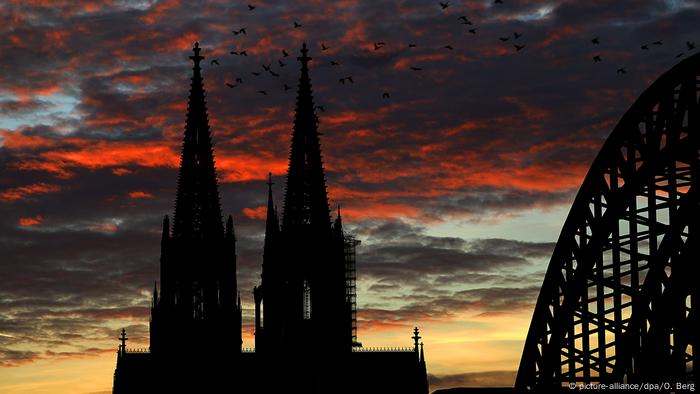Kristine Phillips Kevin Johnson Bart Jansen
USA TODAY
WASHINGTON – The violence inside the U.S. Capitol building had turned deadly by Wednesday evening, as officials announced that a woman who was shot earlier had died. At least three others were injured and taken to hospitals after rioters, many waving Trump flags and wearing Trump garb, breached security at the Capitol building and swarmed the area.
The breach prompted an evacuation of the Senate chamber and a 3 1/2-hour lockdown before officials declared the building was secure. The FBI is also investigating reports of two suspected explosive devices, though both have been rendered safe.
This series of events, which disrupted what should have been a largely ceremonial democratic process of counting state-certified Electoral College votes, was a culmination of weeks of resentment fueled by President Donald Trump's false claims that the election had been stolen from him.
The security breach also raised questions about how demonstrators managed to force their way inside the Capitol and whether there was enough law enforcement presence, especially when threats of violence brewing for days on social media should have raised red flags.
Earlier Wednesday, protesters crowded halls inside the Capitol building and climbed over chairs. Some made it inside the Senate chambers, while others sat inside lawmakers' offices. Shots and chemical irritants were fired.
"In my experience in 50 years in law enforcement, this is unprecedented," said John Magaw, a former Secret Service director
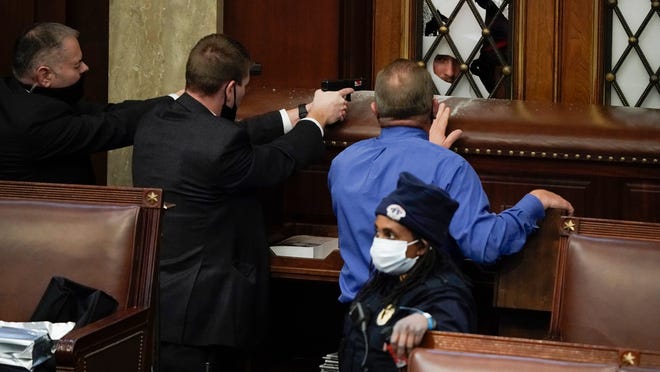
PHOTOS HERE: How were pro-Trump rioters able to breach Capitol law enforcement? (usatoday.com)
"The coordination of security has virtually fallen apart. We are watching the deterioration of law and order in the U.S. It just becomes chaos. I don't see any sign that the current president is going to stand up and lead like presidents have led in the past," Magaw said. "Our democracy is on the edge of a cliff."
Ed Davis, former commissioner for the Boston Police Department, said law enforcement should've been better prepared.
"There has to be political will to put resources in place to stop what clearly should've been seen. … This is the result of a lack of political will to control an attempted insurrection.
"What happened here is a colossal failure, and I believe it's a colossal political failure, not on the part of the police," Davis said. "They were outnumbered and overrun."
It's unclear whether the Justice Department or the Department of Homeland Security were involved in coordinating a robust law enforcement response with the U.S. Capitol Police, which has jurisdiction of the area, before the protests. The federal agencies deployed a large number of agents during protests last summer in Washington and several other cities after the death of George Floyd.
Videos on social media, which USA TODAY has not been able to independently verify, showed men in police uniforms taking selfies with and removing outdoor barriers for the rioters.
Rep. Bennie Thompson, D-Miss., chairman of the House Homeland Security Committee, said a review of Wednesday's events "will determine what failures occurred and why."
"The plans should have anticipated the potential for what happened today," Thompson said.
Acting Attorney General Jeffrey Rosen said the Justice Department has sent hundreds of federal law enforcement officers and agents to assist Capitol police. "The violence at our Nation's Capitol Building is an intolerable attack on a fundamental institution of our democracy," Rosen said in a statement.
Acting Defense Secretary Christopher Miller and Army Gen. Mark Milley, chairman of the Joint Chiefs of Staff, spoke late Wednesday with Vice President Mike Pence and congressional leaders about the riot at the Capitol.
“We have fully activated the D.C. National Guard to assist federal and local law enforcement as they work to peacefully address the situation,” Miller said in a statement. “We are prepared to provide additional support as necessary and appropriate as requested by local authorities. Our people are sworn to defend the Constitution and our democratic form of government, and they will act accordingly.”
'Intent on causing harm'
The protesters gathered at the National Mall early on Wednesday to protest election results. During a rally, Trump urged his supporters to go to the Capitol building.
The protesters came to Capitol Hill "following the president’s remarks,” said D.C. Police Chief Robert Contee. “It was clear that the crowd was intent on causing harm to our officers by deploying chemical irritants on police to force entry into the United States Capitol.”
Wednesday afternoon, several Republican lawmakers called on Trump to strongly urge his supporters to back down. Doing so is the "last thing you'll do that matters as President," Rep. Chip Roy, R-Texas, said on Twitter. In a video posted on Twitter, Trump urged his supporters to "go home," repeating false claims of a stolen election and telling them he loved them. He later tweeted that "these are the events and things that happen," which many criticized as condoning the riots.
Jim Pasco, executive director of the Fraternal Order of Police, said it’s premature to speculate on how or why protesters were able to swarm the Capitol.
“We won’t know until it’s over. … You don’t analyze a battle while in the middle of it,” Pasco said, adding that demonstrators breaching security at the Capitol is “a national disgrace.”
Terry Gainer, former chief of the U.S. Capitol Police who also served as the Senate’s sergeant at arms, described Wednesday’s protests as unprecedented in four decades in law enforcement.
“It’s dangerous,” Gainer said. “This is a much more hateful crowd incited by the president himself. It’s definitely something new in our business.”
Gainer said there have been breaches of perimeter fencing and barriers at the Capitol, but he wasn't aware of any mass breach of the Capitol building.
Chuck Wexler, executive director of the think tank Police Executive Research Forum, said government officials are likely to look back at this and evaluate whether additional law enforcement resources might have been necessary.
"At this point, it's hard to say," Wexler said. "Most demonstrations are peaceful, but then if they suddenly turn violent like this one did, it’s difficult for the police without a massive police presence to prevent it."
National Sheriff's Association President David Mahoney said protesters' actions were "indistinguishable" from those of antifa, a loosely organized far-left movement, "or any other lawless groups who chose to destroy cities and communities."
History of violence at the Capitol
Though the rioting was unusual, there has been violence at the Capitol in past decades.
Two Capitol police officers – officer Jacob Chestnut and Detective John Gibson – were killed July 24, 1998, by a gunman who made his way into the first floor of the building on the House side between the chamber and the crypt.
Five House lawmakers were shot and wounded March 1, 1954, by members of the Puerto Rican Nationalist Party, which argued for the island’s independence. The four nationalists shot indiscriminately from the gallery above the chamber’s floor and unfurled a Puerto Rican flag. All were apprehended. A bullet hole remains in a desk that is part of the House dais, a reminder of the attack
Contributing: Tom Vanden Brook

